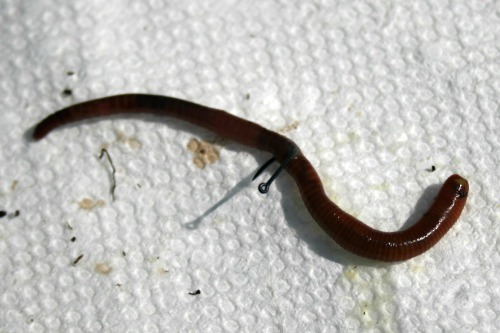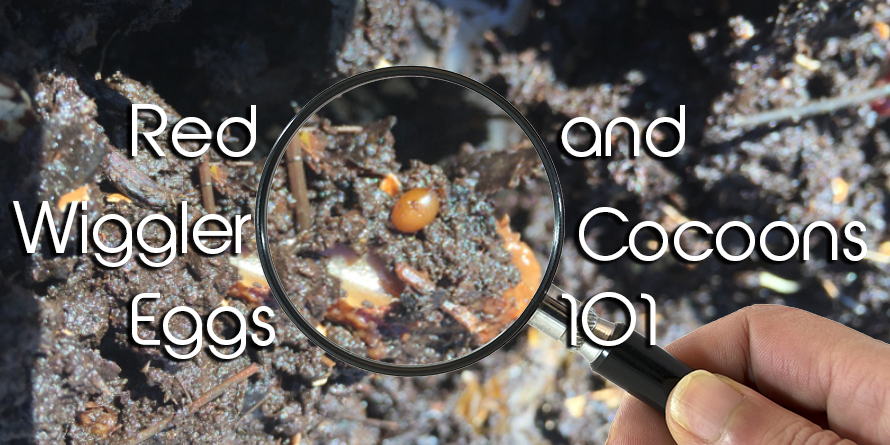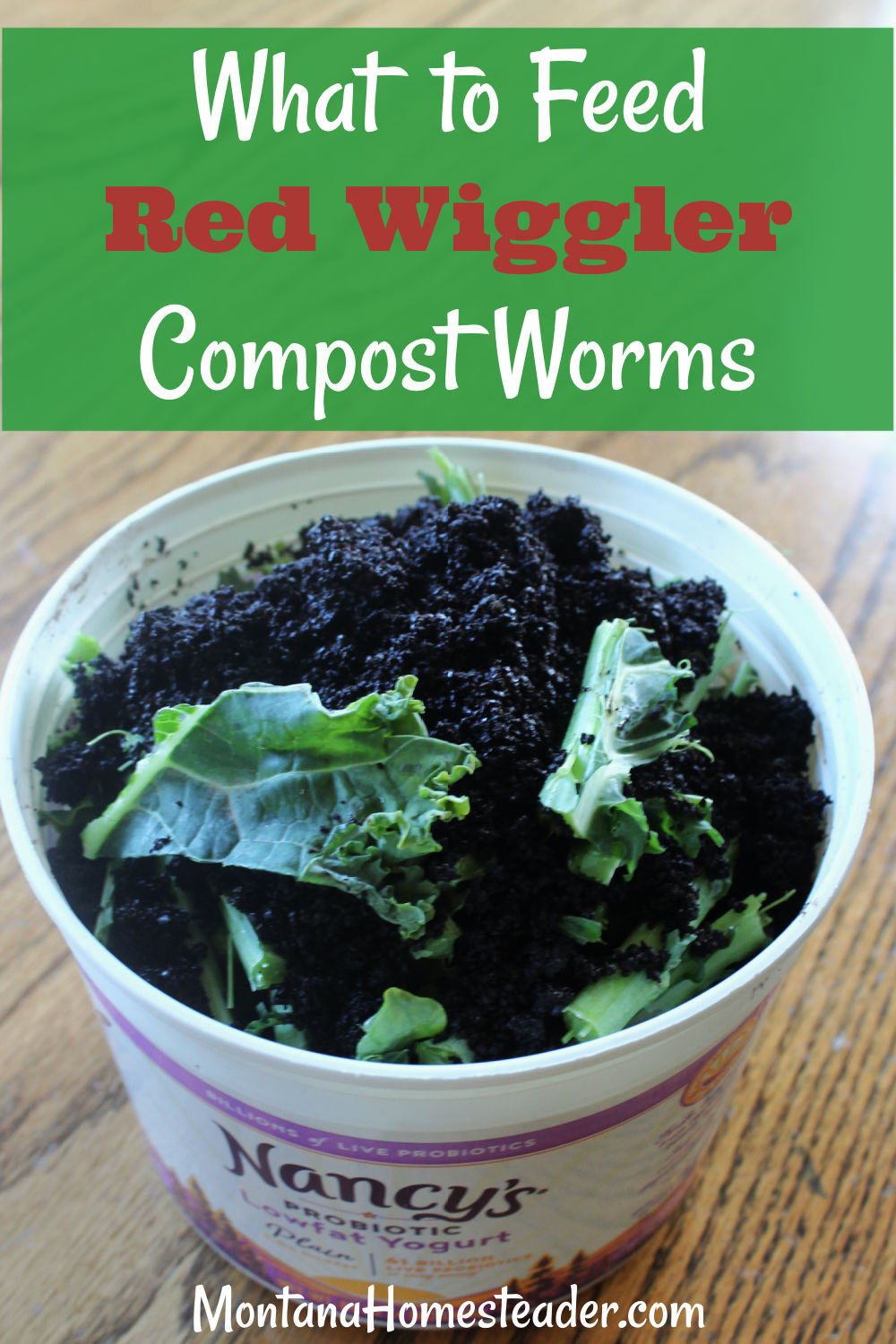Lake Hickory Bait: Providing High-Quality Bait for Anglers Everywhere
Wiki Article
Discover the Benefits of Red Wigglers: Nature's Best Soil Enrichers
These microorganisms not only succeed in breaking down organic waste but likewise significantly improve soil high quality, creating a growing ecological community conducive to plant growth. The concern remains: how can we properly integrate these soil enrichers right into our gardening routines to optimize their potential?What Are Red Wigglers?
What precisely are red wigglers? Red wigglers, scientifically referred to as Eisenia fetida, are a types of earthworm renowned for their role in vermicomposting. These worms are commonly reddish-brown in color and are smaller than the usual earthworm, measuring about 3 to 4 inches in length. Their one-of-a-kind physiology allows them to thrive in organic waste settings, making them phenomenal decomposers.Red wigglers possess a high reproductive price, allowing populations to proliferate in appropriate problems. They consume raw material, including kitchen area scraps and yard waste, breaking it down right into nutrient-rich spreadings that improve soil fertility. Unlike other earthworm varieties, red wigglers like a cooler atmosphere and can tolerate high raw material material, which makes them optimal for composting systems.
These worms are typically utilized in home gardens, business agriculture, and waste management systems as a result of their performance in recycling nutrients and improving dirt framework - Lake Hickory Bait. Their presence in a compost bin symbolizes a healthy community, as they assist balance wetness levels and freshen the substrate. Comprehending the biology and habits of red wigglers is crucial for optimizing their benefits in sustainable agriculture and gardening practices
Advantages of Vermicomposting
Vermicomposting, the procedure of utilizing red wigglers to disintegrate natural waste, provides many benefits for both home gardeners and massive farming procedures. One of the primary advantages is the efficient recycling of natural products, which minimizes landfill waste and contributes to a much more sustainable environment. By transforming kitchen area scraps and yard waste into nutrient-rich compost, vermicomposting advertises a circular economy within families and communities.Furthermore, vermicomposting enhances the microbial activity within the compost. Red wigglers eliminate a material called worm spreadings, which is rich in useful bacteria. These microbes help in damaging down raw material and improving nutrition availability for plants. The visibility of red wigglers in garden compost systems helps control wetness degrees and boosts aeration, producing a much healthier setting for decomposition.
The process is likewise relatively low maintenance, making it easily accessible for people with minimal horticulture experience. By utilizing vermicomposting, users can cultivate a sustainable method that not only enhances their yards yet additionally cultivates a deeper connection with environmental stewardship. In general, the benefits of vermicomposting prolong past plain waste decrease, adding to much healthier environments and boosted agricultural practices.

Enhancing Dirt Quality
Enhancing dirt quality with the consolidation of red wigglers significantly advantages both home yards and agricultural landscapes. These earthworms play a critical role in the dirt ecosystem by breaking down raw material and assisting in the disintegration process. As they consume organic waste, they generate nutrient-rich spreadings that act as a natural plant food, boosting the soil's nutrient content and structure.
(Red Wiggler Express)Additionally, red wigglers boost the dirt's ability to maintain wetness, decreasing the requirement for constant watering and guaranteeing that plants obtain a regular supply of hydration. This moisture retention is particularly beneficial in drought-prone areas, creating a more durable yard or farming setup. Generally, including red wigglers right into soil monitoring techniques results in enriched soil that supports lasting horticulture and farming initiatives.
Improving Plant Development
The visibility of red wigglers in soil dramatically enhances plant development, working as all-natural drivers for much healthier greenery. These earthworms enhance the dirt structure, promoting far better aeration and drainage. Lake Hickory Bait. As they delve via the dirt, they produce channels that facilitate origin infiltration, enabling plants to access essential nutrients and water betterAdditionally, red wigglers contribute to the vitamins and mineral cycle by breaking down natural matter right into nutrient-rich spreadings. These castings are rich in nitrogen, phosphorus, and potassium, the primary nutrients essential for plant wellness. Their slow-release nature ensures that plants can absorb these nutrients with time, lowering the threat of nutrient leaching and providing continual support for growth.

Just How to Use Red Wigglers
Although lots of garden enthusiasts might be unaware, including red wigglers right into their horticulture methods can dramatically enhance soil fertility and structure. These earthworms, understood clinically as Eisenia fetida, prosper in garden compost and natural matter, making them excellent for vermicomposting systems. To begin using red wigglers, develop a vermicomposting bin that is well-ventilated and contains a bed linens material such as shredded paper, cardboard, or coconut coir.Add kitchen scraps like veggie peels, coffee premises, and smashed eggshells to give a well balanced diet plan for the worms. Avoid including meat, dairy products, and oily foods, as these can attract parasites. Regularly keep track of dampness levels; the bedding should stay moist however not soaked.
As the worms eat the organic waste, they create nutrient-rich castings that can be gathered and blended into garden dirt or used as a plant food. A basic guideline is to utilize one component worm castings to three parts soil for optimal results. Furthermore, red wigglers can be introduced directly into yard beds to help with natural oygenation and enhance microbial activity, consequently promoting much healthier plant growth and enhanced soil top quality.
Conclusion
In conclusion, the integration of red wigglers into composting practices provides substantial advantages for dirt enrichment and plant health and wellness. Their efficient disintegration of organic issue enhances dirt structure, dampness retention, and microbial activity.Report this wiki page